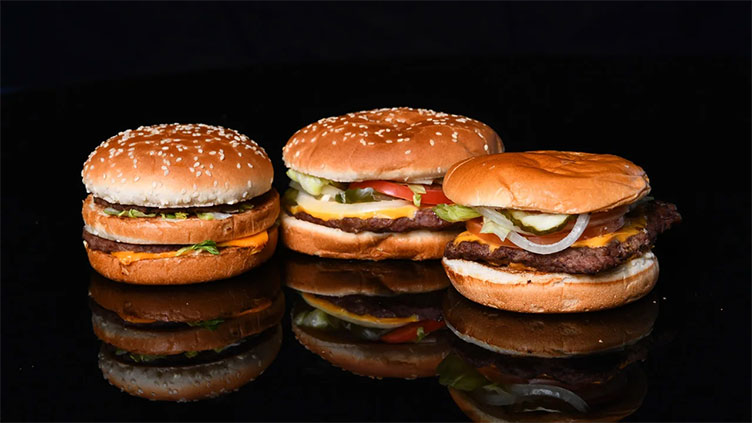Burgers and tacos don't look like they do in ads. Lawsuits are trying to change that

Business
Food companies are misrepresenting food in their marketing
(Web Desk) - When it comes to food advertising, what you see is rarely what you get. A flurry of recent lawsuits wants to change that.
Over the past few years, lawyers have been bringing class action suits against fast food companies, alleging that they’re misrepresenting food in their marketing.
Lawyers James Kelly and Anthony Russo, in particular, have been leading the charge, bringing cases against Taco Bell, Wendy’s, McDonald’s, Burger King and Arby’s. These companies use ads that don’t match up with their actual food, the suits allege.
As evidence, the complaints feature images of food marketing alongside shots of their real-life counterparts. In the ads, burgers look tall, heaped with meat and cheese, topped with golden, rounded buns. But in the photos of burgers bought from a real fast food location, they’re flat, with meat and cheese barely peeking out of limp, white buns. Tacos are no different: In Taco Bell’s ads, Crunchwraps look hearty and plump. In photos in the lawsuit, they look flat and nearly empty. The suits are ongoing.
“We saw a record number of food litigation lawsuits filed from 2020 to 2023, with hundreds of new suits every year,” said Tommy Tobin, a lawyer at Perkins Coie and Lecturer at UCLA Law, adding that “food litigation is a fast-growing area of law.”
The explosion has been largely driven by the efforts of a handful of lawyers, including Russo and Kelly, said Bonnie Patten, executive director of Truth in Advertising, a nonprofit organization that focuses on protecting consumers from false advertising.
Their cases focus on quantity, she said, essentially arguing that food in ads appears more bountiful than what customers actually get. Other lawyers, like Spencer Sheehan, focus on how food is described. Sheehan, a New York lawyer, has filed hundreds of class action suits focusing on misleading words on packaged foods — like use of the word “vanilla” on foods made with little or no actual vanilla.
Major chains have also been targeted for how they describe food. Last year a class action suit was brought against Starbucks claiming that the chain is misleading buyers of its “Refreshers” beverages by naming them for ingredients they don’t have. The complaint states that, for example, “the Mango Dragonfruit and Mango Dragonfruit Lemonade Refreshers contain no mango,” and that in fact “all of the products are predominantly made with water, grape juice concentrate, and sugar.” Starbucks argued, among other things, that the fruits mentioned indicate a flavor rather than an ingredient.
“The allegations in the complaint are inaccurate and without merit,” a Starbucks spokesperson said in a statement, adding, “we look forward to defending ourselves against these claims.”
For a judge or jury to side with the plaintiffs in false advertising claims, lawyers have to successfully make the case that the ads would trick a “reasonable consumer,” Tobin, explained.
“Under this standard, a court asks whether a reasonable consumer would be misled by the product’s marketing or labeling,” he said.
The courts will have to draw the line between false advertising and just, well, advertising — which might be trickier than it sounds.

